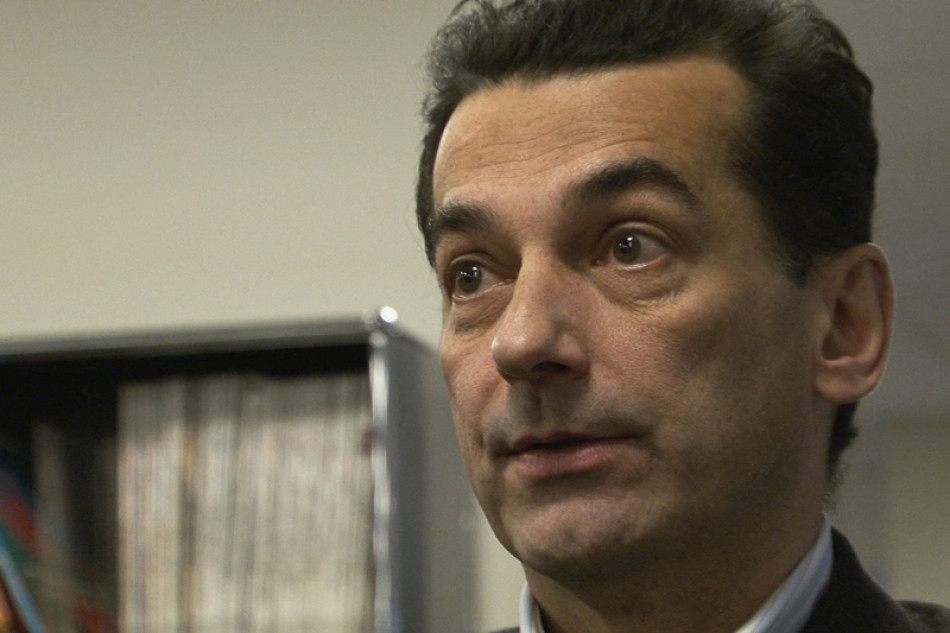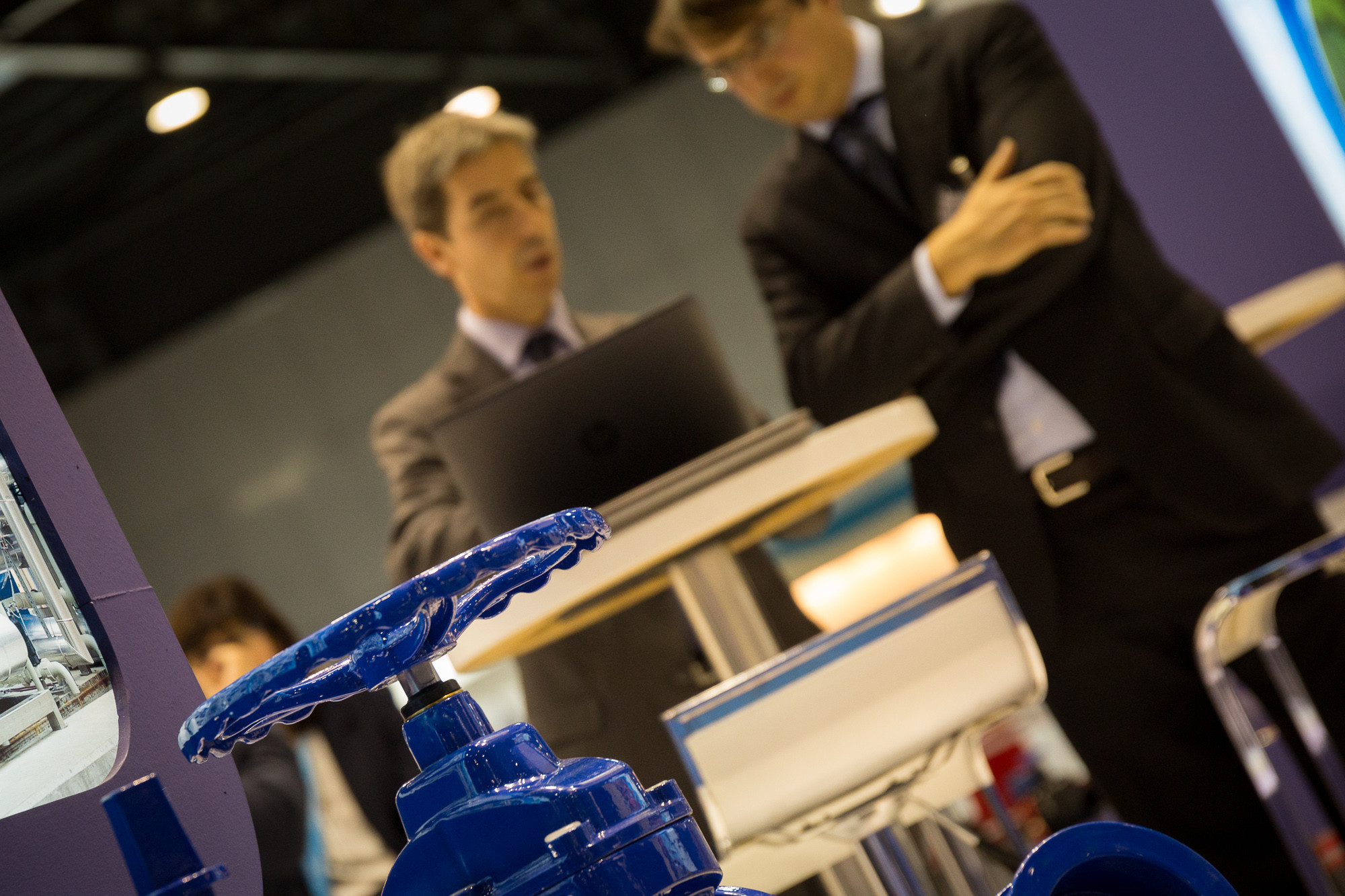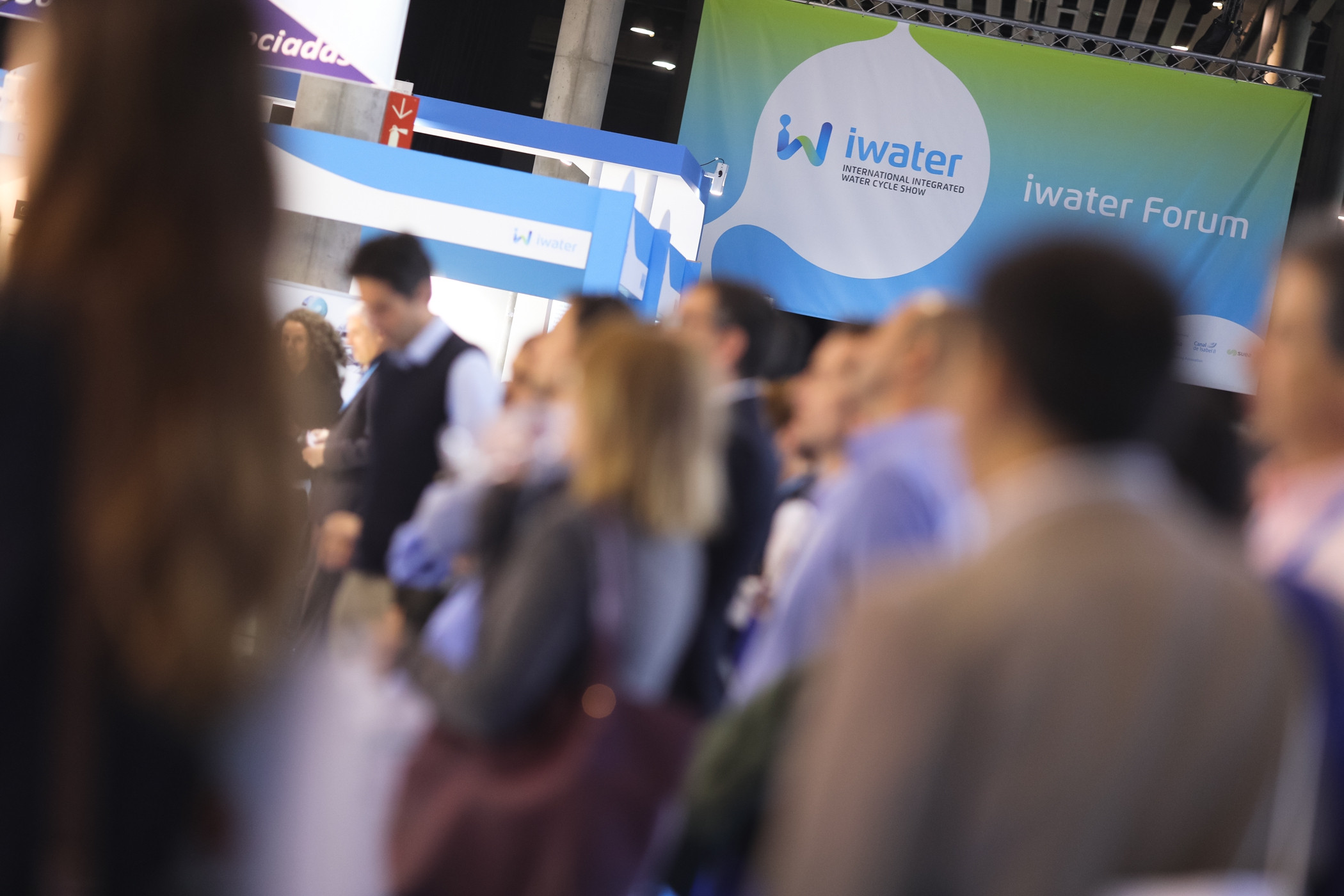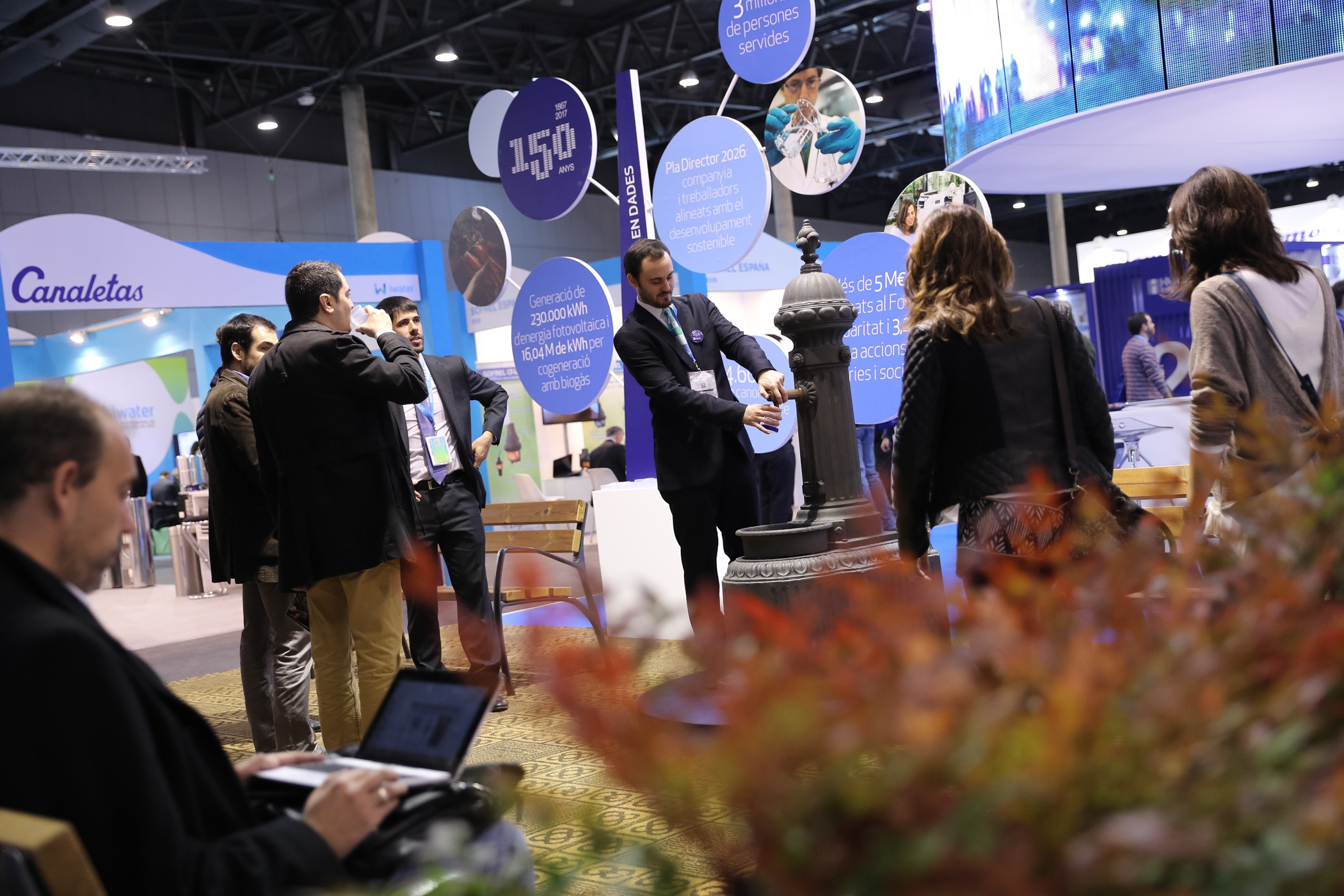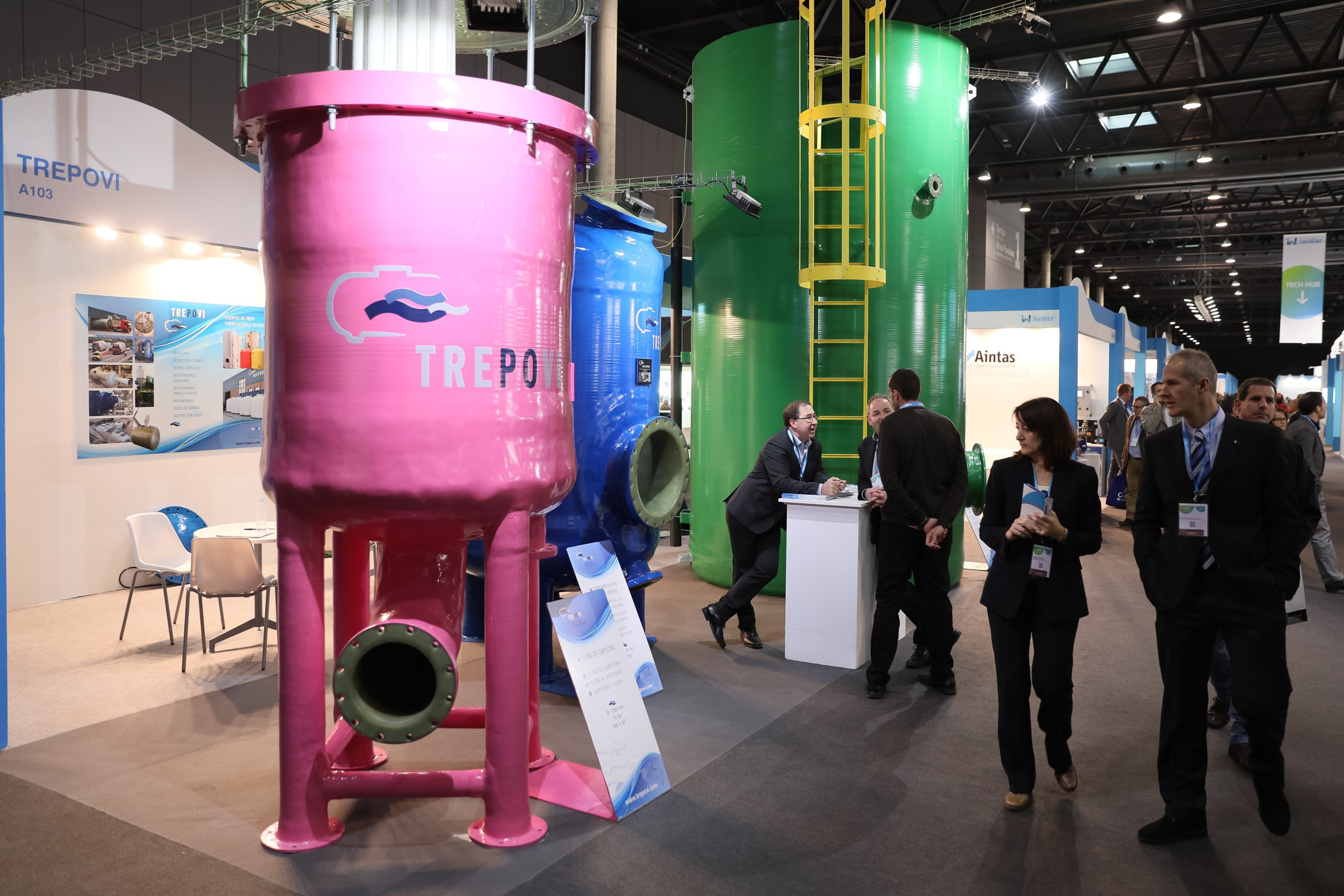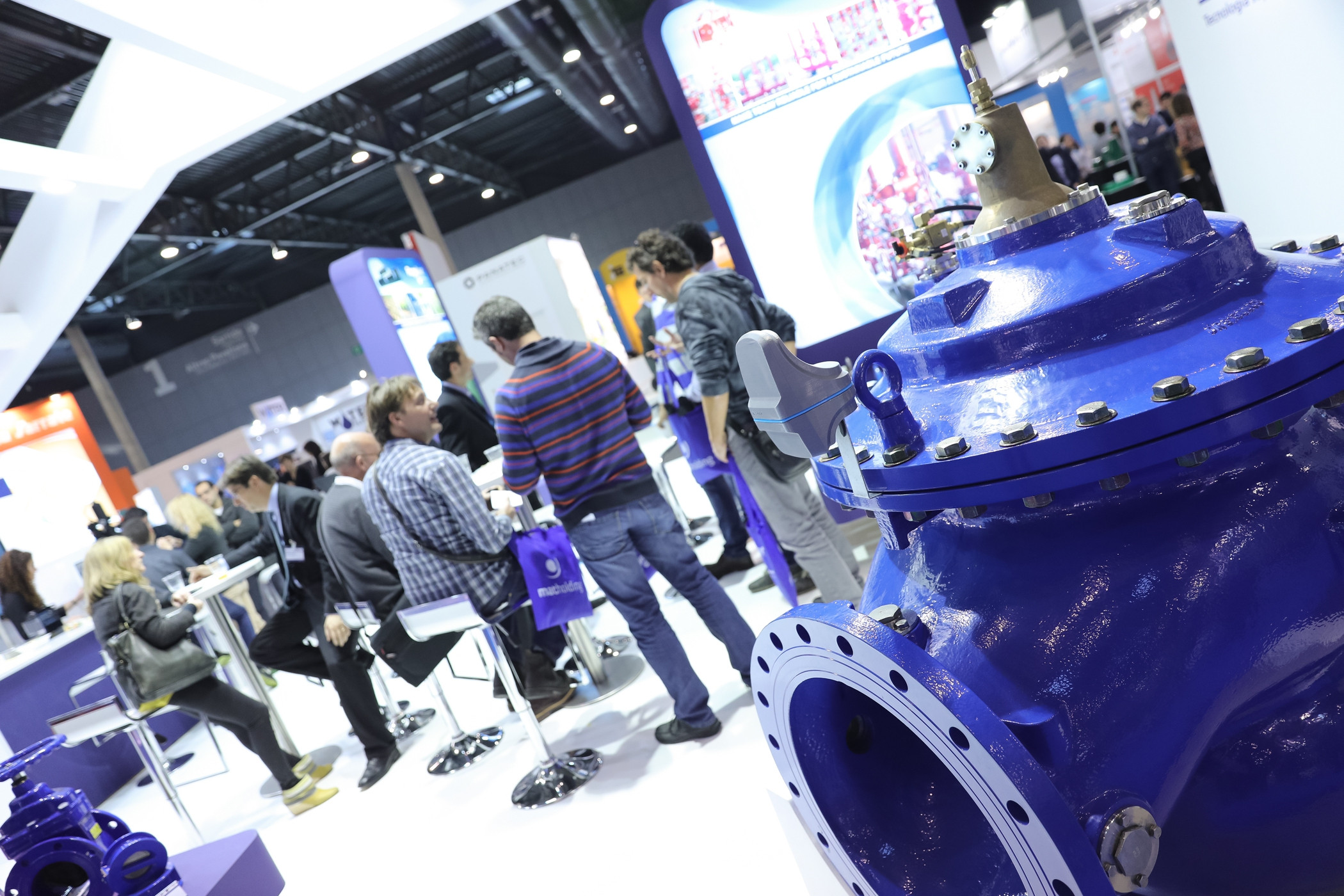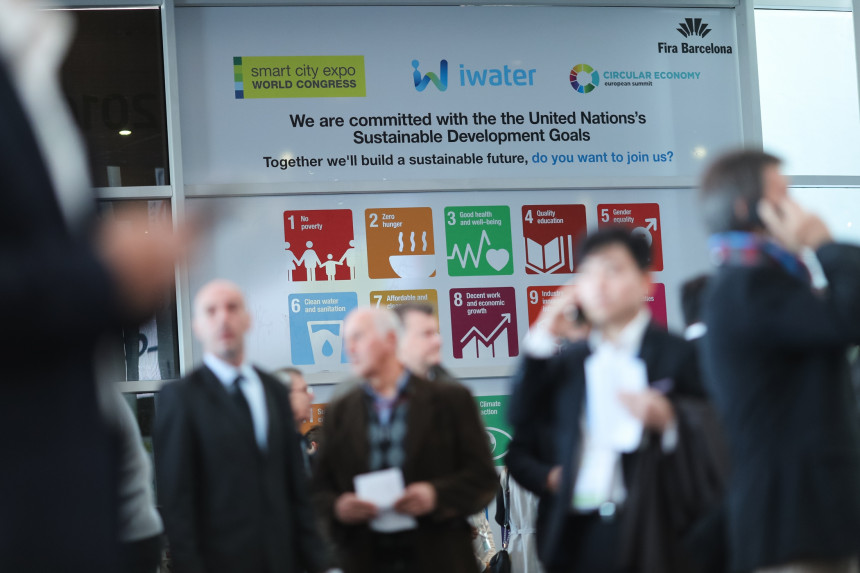
The world's water resources of fresh water or "blue water", understood as such the water of rivers and lakes as well as groundwater, are 35 million km3 of which 69/70% is ice. Of the 119,000 km3 of annual precipitation water, some 45,000 km3 are "blue water", the rest, 62% is "green water" or groundwater that undergoes evapo-transpiration. And the renewable water resources per inhabitant are quite varied depending on the country and region. Spain is among those who suffer "occasional or localized water stress" according to AQUASTAT, which only takes into account "blue water".
As for the resource itself, we should be conscious of its irregular geographical distribution, its different uses and the enormous weight of the resource in agricultural use for the production of fibres and foods to combat hunger.
Geographically, these 45,000 km3 of "blue water" are distributed territorially in a very variable way: almost 6,000 m3/inhabitant/year in the world as a whole, but only 2,345 in Africa and 20,259 in America. In our Mediterranean Europe, it is only 3,096 m2/inhabitant and year. The country or states that are rated "absolute scarcity," "chronic shortage," "water stress," or "occasional water stress," comprise large areas of the world.
Of this "blue water", almost 70% goes to agriculture to produce food. The rest goes to urban (12%) or industrial (18%) uses. In Mediterranean Europe, the agricultural part absorbs less, 52%, extracting about 91 km3/year of fresh water for the total needs. Therefore the world's water extraction shows that the greatest consumer of water is agriculture, far above industrial or urban uses.
Today, 324 million hectares of the world are irrigated, 20.8% of the area cultivated, a figure that in Europe is 25.7 million has (8.9%) and in Mediterranean Europe 10.4 million (some 31,1%). However, this 20.8% of the world's cultivated area produces more than 40% of agricultural production. Water is therefore the basic resource for securing the global food supply. Of these 324 M hectares, 25% are in developed countries. However, in these countries, irrigation expansion is being held back by industrial use, urban growth, and increased consumption demand in large cities for living and leisure. And let's not forget that the high degree of urban concentration makes urban per citizen at home consumption grow exponentially (today is about 130/140 l/inhabitant/day in Spain). And the most generalised legislation considers such demands as a priority above agrarian.
Irrigation is undoubtedly behind the success of the food race in response to the demands of everyone growth in the last quarter of a century. In some countries, their agricultural export is entirely based on irrigated production. In the case of Chile 36% of its surface, which is irrigated, produces all its agricultural exports. And in Europe, countries like Spain, Italy or Romania maintain about 2/3.5 million hectares in irrigation, representing between 16 to 30% of their agricultural area. However, in these countries, most of their agricultural production comes from such irrigation.



